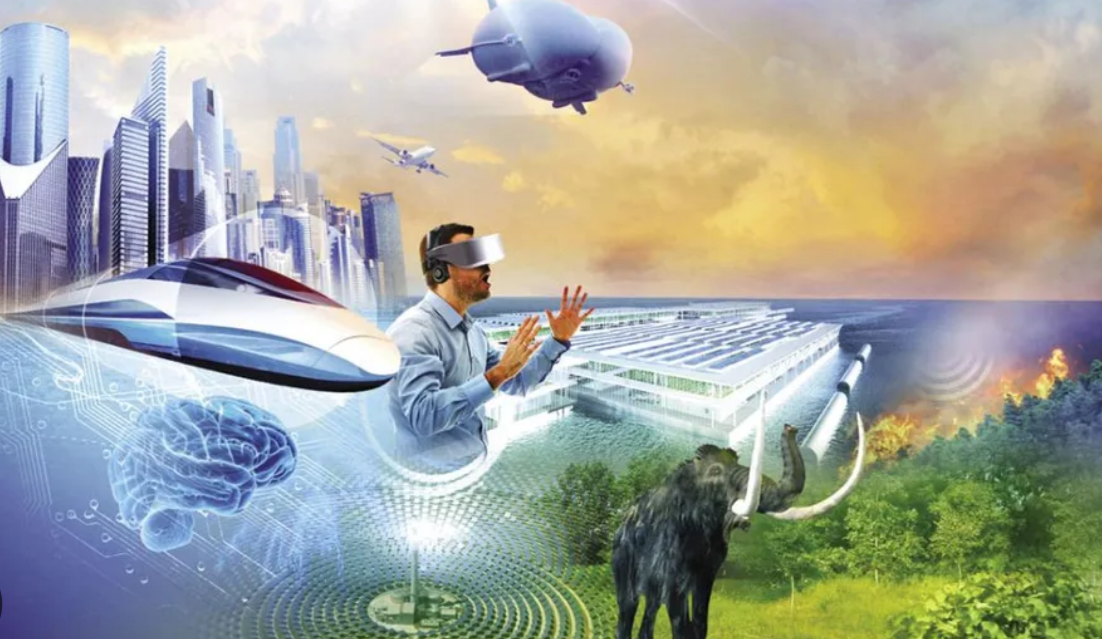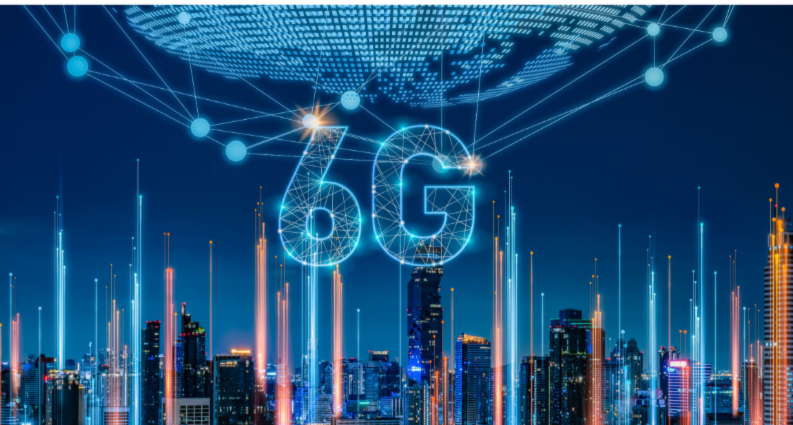The pace of technological innovation is accelerating, and 2025 promises to be a landmark year for breakthroughs that will redefine industries, economies, and daily life. At HiraLedge, we’ve curated a list of the most transformative technologies poised to dominate the next two years. From AI-driven scientific discoveries to quantum leaps in computing, here’s your roadmap to the future.
1. AI-Driven Scientific Discovery
What is it?
Artificial Intelligence is evolving beyond pattern recognition to become a co-pilot in scientific research. Systems like Google’s AlphaFold and OpenAI’s GPT-5 are now predicting protein structures, designing experiments, and accelerating drug discovery.
Why it matters in 2025:
By 2025, AI could cut drug development timelines by 50%, tackling diseases like Alzheimer’s and cancer. Startups like Insilico Medicine are already using generative AI to create novel molecules.
What to watch:
- AI-powered lab assistants automating experiments.
- Breakthroughs in personalized medicine and gene therapy.
2. Quantum Computing
What is it?
Quantum computers leverage quantum mechanics to solve problems that are impossible for classical computers. Companies like IBM, Google, and D-Wave are racing to achieve quantum supremacy.
Why it matters in 2025:
By 2025, quantum computing could revolutionize fields like cryptography, material science, and logistics. For example, it could optimize global supply chains or design new materials for clean energy.
What to watch:
- Quantum-as-a-Service (QaaS) platforms becoming mainstream.
- Advances in quantum error correction and scalability.
3. Biotechnology and Gene Editing
What is it?
CRISPR and other gene-editing tools are enabling scientists to modify DNA with unprecedented precision. This technology is being used to treat genetic disorders, create disease-resistant crops, and even revive extinct species.
Why it matters in 2025:
By 2025, gene therapies could become more accessible, curing diseases like sickle cell anemia and muscular dystrophy. Additionally, synthetic biology could lead to sustainable alternatives for food and fuel.
What to watch:
- CRISPR-based treatments gaining FDA approval.
- Bioengineered organs for transplantation.
4. Advanced Robotics and Automation
What is it?
Robots are becoming smarter, more agile, and capable of performing complex tasks. From humanoid robots like Tesla’s Optimus to autonomous drones, robotics is entering a new era.
Why it matters in 2025:
By 2025, robots could handle 25% of manufacturing tasks, reducing costs and improving efficiency. They’ll also play a key role in healthcare, assisting in surgeries and elderly care.
What to watch:
- Collaborative robots (cobots) working alongside humans.
- AI-powered robots in disaster response and exploration.
5. 6G Connectivity
What is it?
While 5G is still rolling out, researchers are already working on 6G, which promises speeds up to 100 times faster than 5G, near-zero latency, and seamless global connectivity.
Why it matters in 2025:
6G will enable real-time holographic communication, advanced IoT ecosystems, and immersive AR/VR experiences. It could also support smart cities and autonomous vehicles.
What to watch:
- Early 6G trials by companies like Nokia and Samsung.
- Integration with AI for intelligent network management.
6. Green Tech and Renewable Energy Innovations
What is it?
From solar panels with record efficiency to hydrogen fuel cells, green tech is advancing rapidly. Innovations in energy storage, like solid-state batteries, are also gaining traction.
Why it matters in 2025:
By 2025, renewable energy could account for 40% of global electricity generation. Green tech will play a critical role in combating climate change and achieving net-zero goals.
What to watch:
- Breakthroughs in carbon capture and storage.
- Affordable electric vehicles with 500+ mile ranges.
7. Extended Reality (XR)
What is it?
Extended Reality (XR) encompasses Virtual Reality (VR), Augmented Reality (AR), and Mixed Reality (MR). These technologies are merging the physical and digital worlds.
Why it matters in 2025:
By 2025, XR could transform industries like education, healthcare, and entertainment. Imagine attending virtual classrooms or undergoing AR-assisted surgeries.
What to watch:
- Apple’s Vision Pro and Meta’s Quest 3 leading the XR revolution.
- XR applications in remote work and training.
8. Brain-Computer Interfaces (BCIs)
What is it?
BCIs, like Neuralink, allow direct communication between the brain and external devices. These interfaces could restore mobility for paralyzed individuals or enhance cognitive abilities.
Why it matters in 2025:
By 2025, BCIs could enable mind-controlled prosthetics and revolutionize gaming and communication. They may also help treat neurological disorders like Parkinson’s.
What to watch:
- Human trials of Neuralink and other BCI technologies.
- Ethical debates around cognitive enhancement.
9. Space Tech and Commercial Space Travel
What is it?
SpaceX, Blue Origin, and other companies are making space travel more accessible. Meanwhile, satellite technology is advancing rapidly, enabling global internet coverage.
Why it matters in 2025:
By 2025, commercial space travel could become a reality for civilians. Additionally, satellite constellations like Starlink will provide internet access to remote areas.
What to watch:
- Lunar and Mars missions by private companies.
- Space tourism packages becoming available.
10. Decentralized Finance (DeFi) and Blockchain 3.0
What is it?
DeFi uses blockchain technology to create a decentralized financial system, eliminating intermediaries like banks. Blockchain 3.0 focuses on scalability, sustainability, and real-world applications.
Why it matters in 2025:
By 2025, DeFi could disrupt traditional finance, offering faster, cheaper, and more inclusive financial services. Blockchain 3.0 could enable secure voting systems, supply chain transparency, and more.
What to watch:
- Mainstream adoption of cryptocurrencies and NFTs.
- Integration of blockchain with IoT and AI.
Conclusion
The technologies of 2025 will not only solve today’s challenges but also unlock possibilities we’ve yet to imagine. From AI-driven discoveries to quantum leaps, these innovations will shape the future of work, health, and society. At HiraLedge, we’re committed to keeping you informed and prepared for what’s next.
Which of these technologies excites you the most? Let us know in the comments, and stay tuned for more updates on the future of tech!

